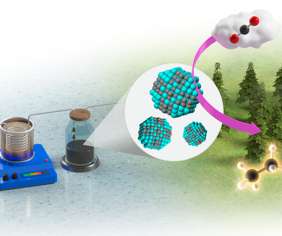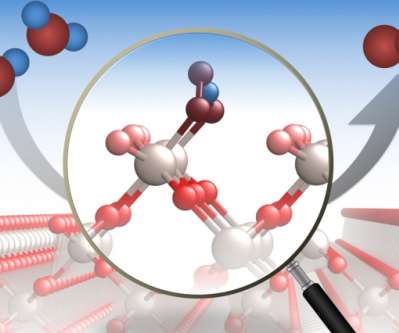ORNL laser-interference structuring technique shows potential for reducing industrial chemical processing for vehicles
Green Car Congress
SEPTEMBER 26, 2021
Two chemical pre-treatment processes are widely used in industrial settings to prepare for coating adhesion and protect aluminum alloy surfaces against corrosion. When he read DoD’s call for research on nonsolvent surface preparation, Sabau recognized that a similar technique could be effective for coating adhesion as well.

























Let's personalize your content